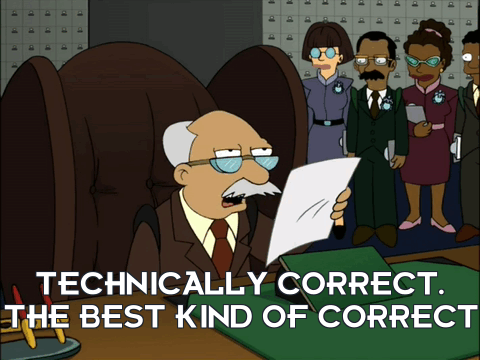That makes sense.
Overall quality is going to be more about the materials and the grind. If you removed the bolster below the handle, so the edge went straight off the back of the blade, it would fix my objection.
Kind of like this:
View attachment 27766
As the blade wears, you will still be able to make contact with the surface with the entire edge.
I think the other major factor is the grind. Most chef knives are a flat grind, tapering from the spine to the edge. This lets you put on a very fine edge, which is obviously good. The problem is that food tends to stick to the blade, basically like a vacuum seal. That's why a lot of blades these days have those little divots carved out of the flat. Better than a flat grind, I think, is a technique that involves a flat grind, followed by a very very slight hollow grind along the flat of the blade, then finishing with a flat grind from there to the edge. I've not yet been able to perform this grind to any degree of satisfaction.
I don't think the bolster is an issue (or as big an issue) with other styles of knives. Because so far as I know, you don't cut by rocking on the belly of the blade with other styles.
But stamped? Really? Laser cut I can understand, since you're just cutting the blank out of the steel, then grinding. But a truly stamped blade strikes me as an awful idea. I guess if they're just stamping the blade shape and then grinding, it's probably not really any different to any other method










